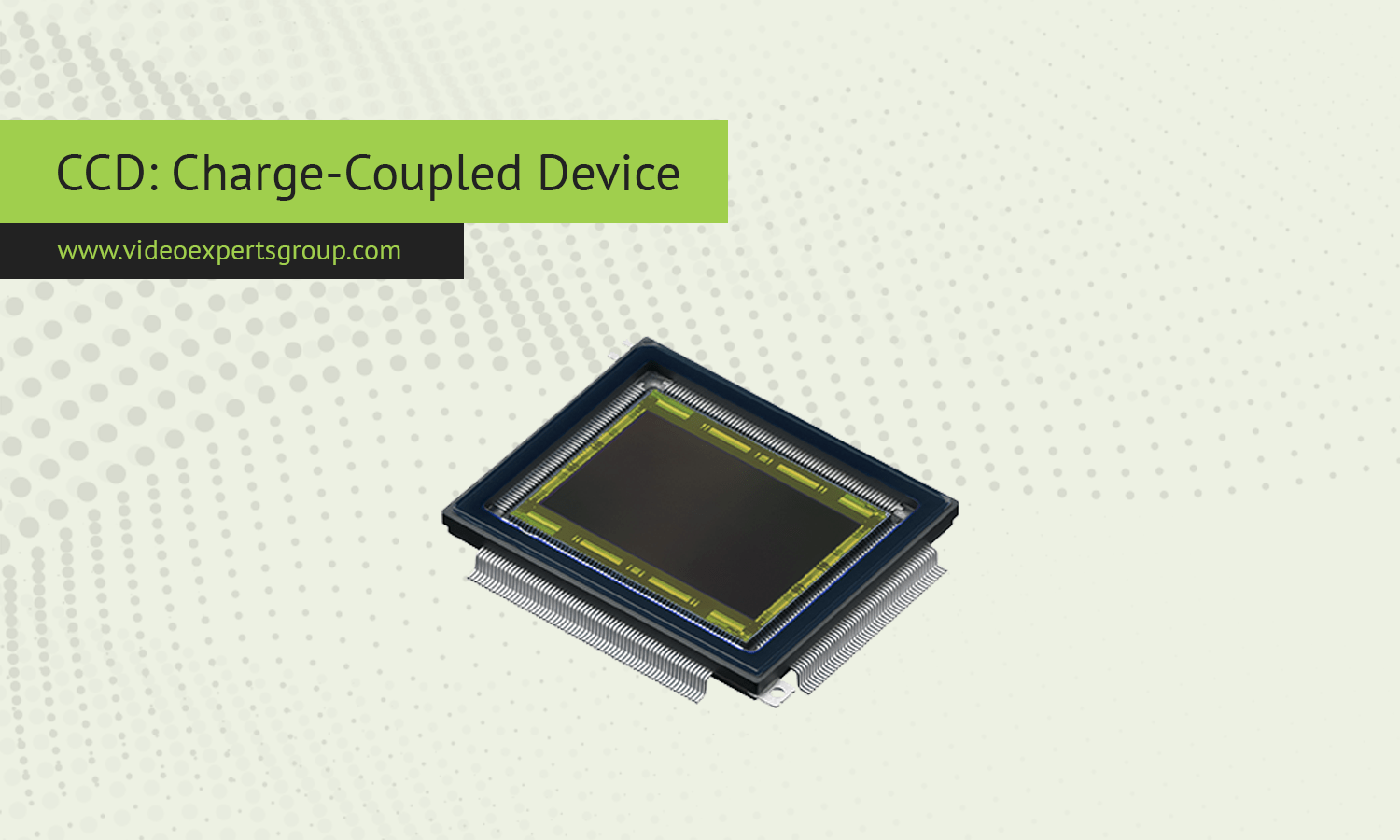The Charge-Coupled Device (CCD) has played a crucial role in revolutionizing how we capture and process visual information. Found in devices ranging from digital cameras to telescopes and medical imaging equipment, CCDs are known for their ability to produce high-quality images with excellent light sensitivity. Understanding what CCDs are and how they function offers insight into their significant applications, particularly in security cameras and other imaging systems.
Definition
A Charge-Coupled Device (CCD) is a specialized semiconductor component used to capture images by converting light into electronic signals. It is composed of an array of light-sensitive elements called pixels. When light hits these pixels, it generates an electric charge proportional to the intensity of the light. The CCD then transfers these charges across the chip and processes them to create a digital image.
What is CCD Used For?
CCDs are primarily used in imaging devices where capturing high-quality, detailed images is crucial. Some of the common applications of CCD technology include:
- Digital cameras and camcorders: Early digital cameras relied on CCD sensors for their ability to produce clear, detailed images.
- Telescopes: Astronomical observations often use CCDs to capture images of celestial bodies, due to their superior light sensitivity.
- Medical imaging: CCDs are used in devices like X-rays and scanners to generate precise and detailed images for diagnostics.
- Security cameras: Many high-end security cameras incorporate CCD sensors to ensure sharp and reliable footage in surveillance operations.
- Scientific equipment: CCDs are found in various scientific tools, such as microscopes, where accurate image capturing is needed.
Working Principle
The basic working principle of a CCD involves the following steps:
-
Light Exposure: When light hits the surface of the CCD, each pixel absorbs photons. These photons generate electron-hole pairs, with the number of electrons generated being proportional to the intensity of the incoming light.
-
Charge Accumulation: The electrons generated in each pixel are collected in a potential well within the pixel. This process continues for the duration of the exposure, and the amount of charge collected corresponds to the brightness of the pixel in the image.
-
Charge Transfer: After exposure, the charges in the pixels are transferred across the device in a controlled manner. CCDs use a bucket-brigade-like mechanism, where the charge from one pixel is moved to the adjacent pixel until it reaches an output amplifier.
-
Signal Conversion: Once the charge reaches the output, it is converted into a voltage signal. The voltage levels represent the brightness values of the pixels, which are then converted into a digital format to form an image.
-
Image Output: The final step involves assembling the digital signals into an image, which can be displayed on a screen or stored for later use.
CCD Security Camera
CCD security cameras are a specific type of surveillance camera that uses CCD sensors to capture video footage. These cameras are known for delivering high image quality, even in low-light conditions, making them an ideal choice for security purposes.
-
Superior Image Quality: CCD sensors are renowned for their excellent image quality. They offer high resolution and produce sharp, detailed footage, which is essential in security applications where clear visuals are required for identification or monitoring.
-
Low-Light Performance: One of the significant advantages of CCD sensors in security cameras is their ability to perform well in low-light environments. They can capture images even in dimly lit areas, ensuring reliable surveillance in various conditions, from dusk to nighttime.
-
Reliability and Durability: CCD security cameras are often used in outdoor and industrial settings where durability is crucial. These cameras can withstand harsh weather conditions and function effectively over extended periods.
-
Cost and Power Consumption: While CCD-based cameras are generally more expensive than their CMOS counterparts, they offer better image quality and reliability. However, they also tend to consume more power, which can be a consideration for installations where energy efficiency is a priority.
In summary, CCD security cameras remain a preferred choice in professional surveillance systems where image quality and low-light performance are critical factors. However, the rise of CMOS sensors, which offer lower power consumption and cost, has led to a shift in the market, with CCD cameras now occupying more specialized niches.
The Charge-Coupled Device (CCD) has been an essential component in imaging technology for decades, enabling devices to capture high-resolution, detailed images in various fields, including photography, astronomy, and security. Its unique working principle, based on converting light into electronic signals, has allowed it to stand out as a reliable and high-performing sensor. While newer technologies like CMOS have gained popularity, CCDs continue to hold their ground, particularly in applications where image quality is paramount, such as security cameras.
















